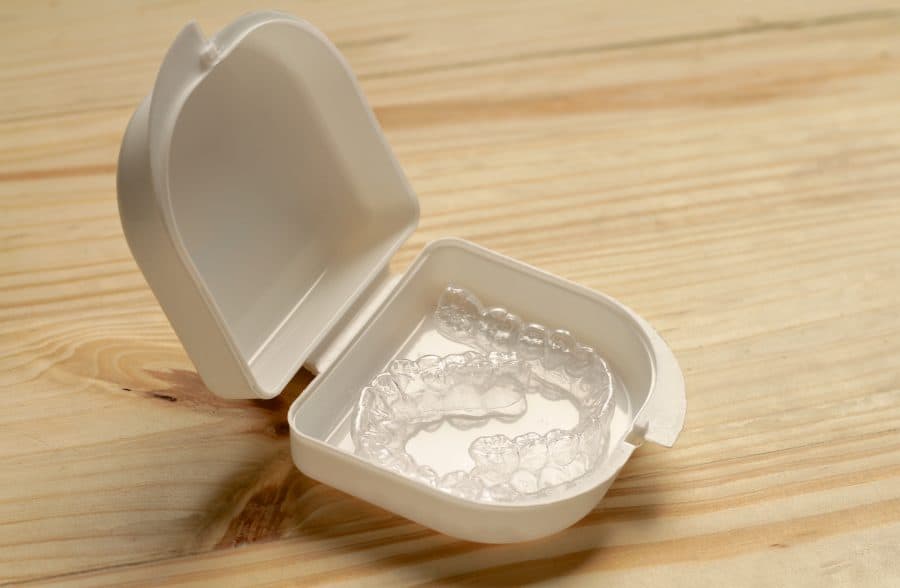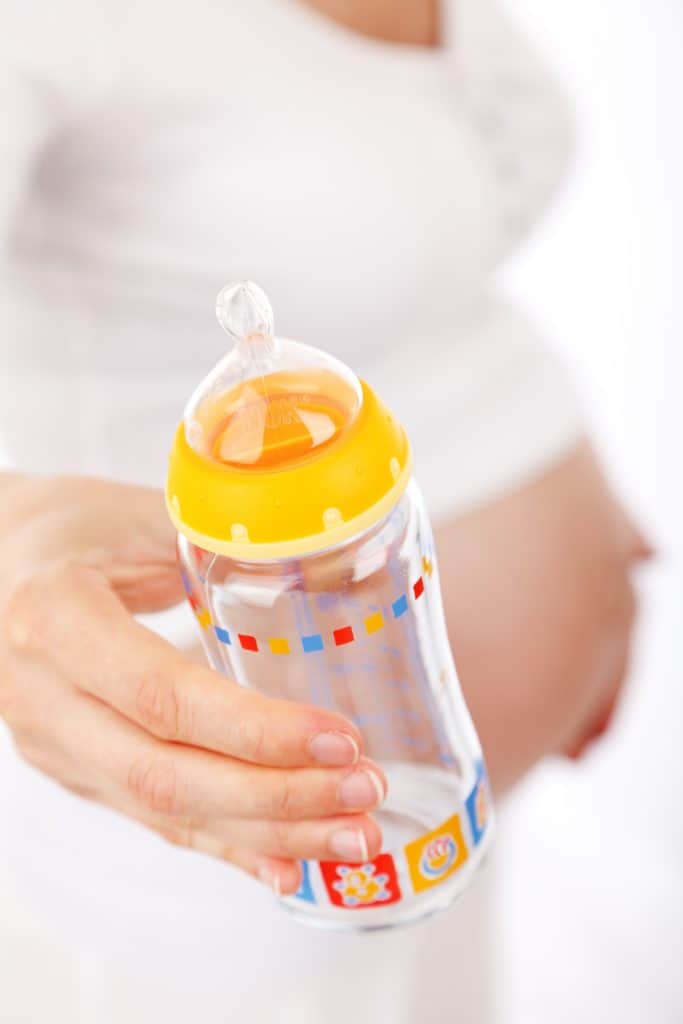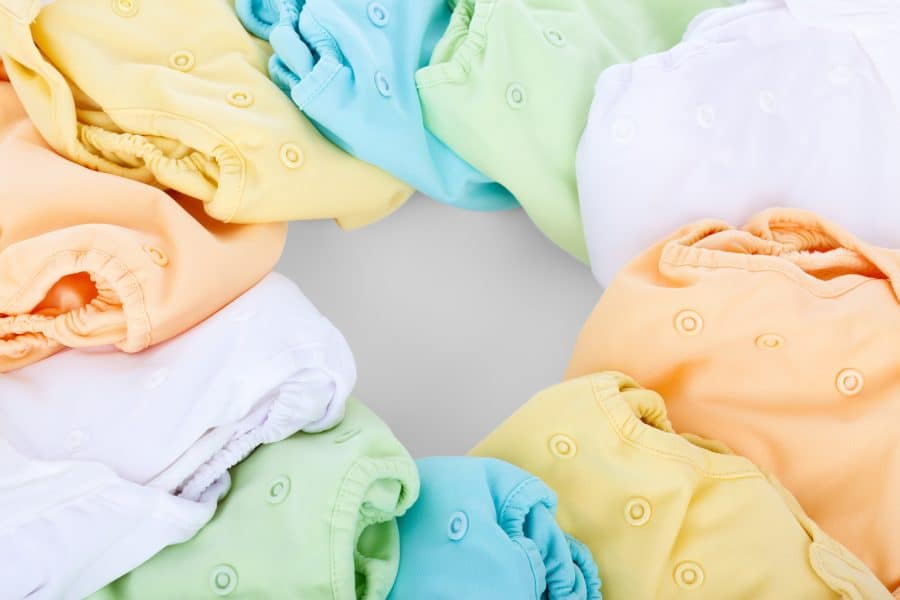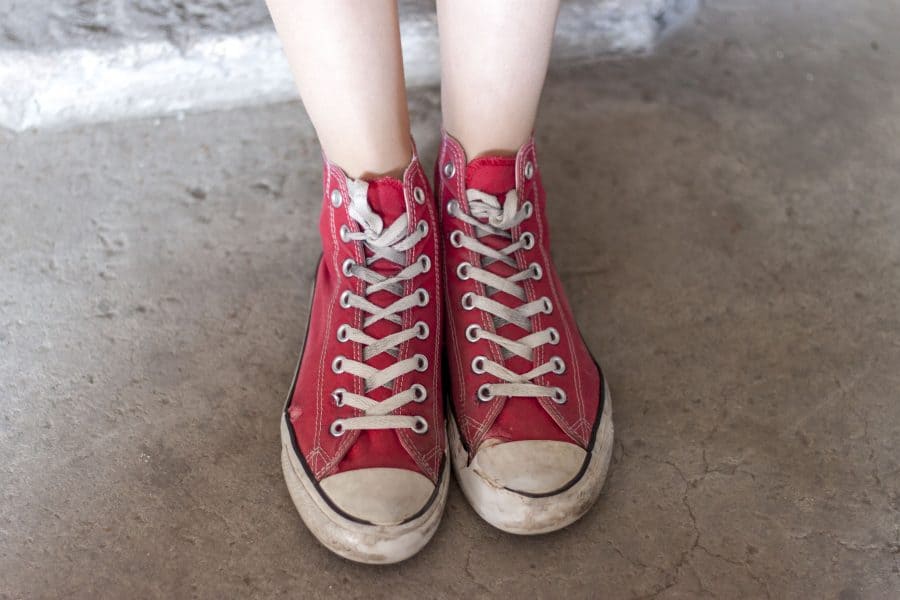Hi, my name is Raven and I’m a friend of Anna’s. I am a lover of all things hydrogen peroxide, DIY, and folks who somehow manage to simultaneously keep a clean home and their sanity! Once or twice a month I’ll be sharing some great tips and tricks to help make your life a little easier and a little cleaner. I hope you enjoy this first post, I’m super excited to share 6 new uses for hydrogen peroxide!
It’s a new year and the spring cleaning season of 2017 is quickly approaching. As you may already know, hydrogen peroxide is the age-old cleaning secret that is quickly gaining mainstream acceptance in a lot of households. And it’s truly no surprise since peroxide is not only a powerful disinfectant, but it’s safe for our waterways and families. Peroxide is well known for its ability to safely break down into water and oxygen when it’s finished killing germs.
So here are 6 new awesome uses for hydrogen peroxide that will come in handy for your spring cleaning, and help you tackle new areas you may have never thought of!
6 New Uses for Hydrogen Peroxide
Here’s what you’ll need:
- Food Grade Hydrogen Peroxide
- Although hydrogen peroxide from the drug or grocery store can be used, I highly recommend purchasing the food grade variety. Peroxide sold in most stores have to remain shelf stable for long periods of time, so various stabilizers are added. Most of the common stabilizers are toxic, so play it safe and stick to the unstabilized food grade kind.
- Hydrogen Peroxide Cleaner
- Pyoure 7% Hydrogen Peroxide Cleaning Concentrates are what I use exclusively in my own home because they are non-toxic, feature food grade peroxide, and they smell absolutely fabulous.
#1 Decontaminate Spice Bottles

Did you know that your kitchen contains more germs and filth than your bathroom? I know, my mind was blown by this little factoid too. Research has shown that food preparation areas contain more bacteria and fecal matter than a bathroom faucet. Areas that are most prone to contamination are surfaces that are porous, moist, and warm. Surfaces that are smooth, nonporous, and cool are safer, but not altogether immune from a bacterial invasion.
One place in the kitchen that is immensely overlooked for routine cleaning I’ll bet 100% of the time is the spice rack. We constantly grab those bottles amidst touching raw meats and other foods, but when was the last time we disinfected them? If you’re like me, then probably never. Because these bottles have porous paper labels, live in dark cabinets near warm stoves, and are in frequent contact with a variety of raw foods, they are ideal candidates for becoming bacterial incubators.
But have no fear, decontaminating your spice bottles with hydrogen peroxide is quite simple! Wipe the bottles thoroughly to remove any visible dried food and grime. Then generously spray 3% hydrogen peroxide, making sure that the labels and any other surface that comes in contact with your hands is completely covered. Let it sit for about 5 minutes before rinsing. The peroxide might lighten the labels, so you might want to consider making new labels if this happens to the point where you can’t read the writing.
To cut down on cleaning time you can use Pyoure’s Fragrance Free 7% Hydrogen Peroxide Cleaning Concentrate. This product is great because it contains non-toxic, powerful detergents that easily remove any stuck on food, plus food grade hydrogen peroxide that can be used full strength. The fragrance free version is safe to use on food surfaces.
#2 Disinfect Mouth Guards

Hydrogen peroxide is the best kept secret for sanitizing pretty much anything that goes into your mouth, including mouth guards, night guards, retainers, and dentures. Soaking these appliances in 3% peroxide overnight is an inexpensive, yet highly effective method of disinfection.
Hydrogen peroxide is superior to Listerine for this purpose because it contains no harsh alcohols, which weaken plastics over time and can make oral appliances unsafe. Peroxide is also much safer than effervescent denture tablets, which contain persulfate. Persulfate is a chemical that can collect inside porous dentures, cause severe allergic reactions, and send you to the emergency room if accidentally ingested.
#3 Disinfect Baby Bottles and Sippy Cups

When disinfection is necessary, but maintaining the strength of the container is crucial, hydrogen peroxide is your best bet. This is especially true for delicate items that are prone to collect bacteria like baby bottle nipples and silicone straws, but are not recommended to be boiled because the heat could weaken or alter the material. Since hydrogen peroxide doesn’t use toxic chemicals to disinfect, it’s perfect for using around babies. And unlike high-end UV sterilizers, hydrogen peroxide is very affordable.
To disinfect baby items, wash the containers thoroughly by hand to remove any visible traces of food or soil. Soak overnight in a mixture of equal parts water and 3% food grade hydrogen peroxide. Rinse well and dry.
#4 Test “Clean” Laundry
Ever wonder if your washing machine is really getting your clothes clean, or if it’s just neatly distributing the germs throughout the wash? Or what about if that dime-sized amount of laundry detergent is actually cleaning your extra large load of laundry? Here’s how to test it: generously spray 3% hydrogen peroxide on a sample of so-called “clean” clothes from a laundry load, and let it sit for a minute. If you see visible foaming, there are lots of bacteria present and that laundry load needs to be rewashed. If you don’t see foaming, hold your ear up to the sample and listen carefully. If you hear a crackling, that’s a sign that there are in fact bacteria present and that load could probably use a thorough rewash.

To make sure your laundry is free from bacteria the first time you wash, I highly recommend using a solid form of hydrogen peroxide, sodium percarbonate, in the wash. Sodium percarbonate is found in several cleaning powders with the words “oxy,” “oxi,” or “oxygen” in the names. One of my absolute favorites to use in my laundry is Pyoure’s Oxygen Laundry Booster. It not only contains sodium percarbonate, but it has several other ingredients that safely enhance the effectiveness of your laundry detergent to get clothes super clean. Plus, they come in a wide variety of unique fragrances like White Tea & Ginger and Bamboo Verbena that will leave your laundry smelling amazing.
#5 Clean Under Fingernails
Fingernails have been widely known to be a hotbed for disgusting bacteria, fungus, and yeast because of their hard to reach crevices and frequent contact with basically everything that is touched. Studies have shown that these unchecked fingernail germs directly correlate to the types and quantity of germs found on the rest of your hands. So, when clean hands are a must, go grab hydrogen peroxide to help you wash.

To safely clean under your nails, first wash your hands thoroughly with warm soapy water. Then, gently scrub under your nails with either a nail brush or toothbrush. Next, spray 3% hydrogen peroxide under your nails and let it sit for at least 30 seconds. Finally, rinse and repeat if necessary.
Also, be sure to spray peroxide on whatever tool you used to clean under your nails with to keep germs from breeding in the bristles.
#6 Disinfect Stinky Shoes

According to the CDC, hydrogen peroxide has the tremendous ability to kill a wide variety of bacteria, yeast, fungi, viruses and spores. This ability is especially useful for eliminating embarrassing shoe odors, which can be caused by a combination of bacteria, yeasts, and fungi. Simply douse the inside of your shoes with 3% hydrogen peroxide and let air-dry. Complete coverage is the key, so use plenty of peroxide and make sure the shoes are basically dripping wet. (Added bonus: germs love the bottoms of shoes, so spray the bottoms with peroxide too!)
These are just a few of the countless ways you can use hydrogen peroxide in your spring cleaning this year! For more tips, and things you can clean with Hydrogen Peroxide, check out these posts:
- Why Pyoure Hydrogen Peroxide is my Go-To Cleaner
- How to Spring Clean every room in your House with Hydrogen Peroxide
- Green Cleaning with Hydrogen Peroxide

Raven
This post contains some affiliate links, for your convenience. Click here to read my full disclosure policy.
Let me know if it works for you! 🙂